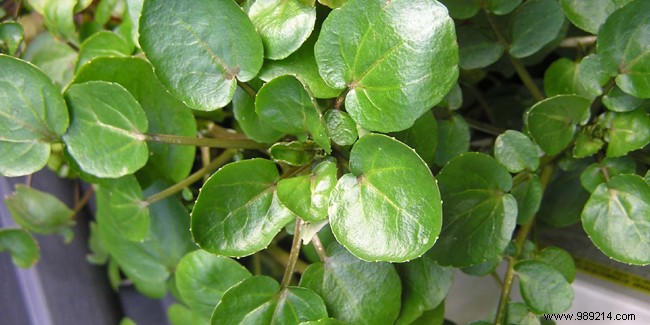
Being part of the cruciferous family and more particularly of the dicots, watercress is an aquatic plant nicknamed the water salad. Cressiculturists have only been cultivating this plant in white water since the 19th century, because before, it was collected in the wild and consumed for its taste qualities, but also for its medicinal properties. Today, it is appreciated in salads and soups. There are several varieties of watercress, but watercress or watercress as well as garden cress contain many components beneficial to health.
Watercress contains a large number of micronutrients making it rich and complete helping to maintain good health. Thus, we find vitamins and trace elements such as:
Garden cress or watercress has a strong antioxidant power. It contributes to good digestion, helps with eye health, is an excellent source of vitamins and calcium. Watercress consumed raw is very low in calories (22 kcal per 100 g). Raw garden cress is a little richer than watercress (32 kcal per 100 g).
Watercress contains isothiocyanates which help slow the development of certain cancers such as smoker's cancer (lungs), because it inhibits a carcinogenic substance found in cigarette smoke. In juice, watercress would also be a protector against colorectal cancer and eaten raw on a regular basis, it would help reduce certain DNA damage to lymphocytes.
Several studies have been conducted indicating that regular intakes of zeaxanthin and lutein would help slow down or avoid the risks of cataracts, retinitis pigmentosa and macular degeneration. These two components, also called carotenoids, are present in large quantities in watercress and would thus protect the retina of the eye, because they accumulate in the macula.
Watercress contains glucosinolates just like the cruciferous vegetables found in cabbage varieties. Glucosinolates are four times greater in garden cress than in watercress. They turn into active molecules when watercress is chopped, chewed or in the intestine. These glucosinolates would be active in limiting the development of certain cancers.
Thanks to the carotenoids and flavonoids it contains, garden cress and watercress have strong antioxidant powers. These antioxidants come to protect the cells of the body and would thus prevent certain diseases from developing as well as certain cancers and diseases of aging. They would still have a preventive effect on high blood pressure. Thanks to all these compounds, garden cress and watercress would help prevent breast cancer, lung cancer, cardiovascular disease and certain eye problems. It is understood that these studies on health are still limited, can be contradictory and in no way dispense with going to seek advice from your doctor in the slightest doubt.
Garden cress seeds are edible and can be used in various culinary preparations. They are particularly consumed in India and are said to have diuretic, aphrodisiac, tonic and antidiarrheal medicinal properties. They are rich in essential fatty acids, protein, calcium, potassium, phosphorus and iron as well as insoluble fibre. Watercress seeds can therefore be integrated as a food supplement in small quantities and over courses of a few weeks.
People suffering from a calcium deficiency can consume watercress containing bioavailable calcium. Adding watercress to a balanced diet thus increases your daily intake of bioavailable calcium, which is much better assimilated than that contained in milk.
Consuming watercress is therefore interesting for the food balance contributing to preserve its health. This cruciferous plant is found between the months of September and May in our country. It is therefore during this period that it is necessary to choose the most beautiful boots on the stalls and to consume them preferably raw. They can also be lightly cooked in a little water or sautéed in a pan to retain all their benefits.